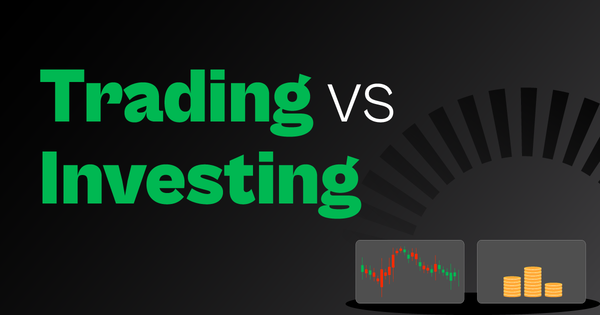
When navigating the world of equities, one of the most critical distinctions investors must understand is the difference between trading and investing. While both involve buying and selling stocks, the intent, strategy, and time horizon behind each approach are dramatically different. For many, the line between these two paths can seem blurry, especially in an era where market access is easier than ever through mobile apps and zero-commission platforms. This article dives deep into the nuances of trading and investing, helping you define your financial approach and understand which strategy aligns best with your goals, risk tolerance, and lifestyle.
The Fundamentals: What Is Trading?
Trading, at its core, is about capitalizing on short-term fluctuations in stock prices. Unlike investors who may hold a stock for years, traders often operate on much tighter timelines—sometimes only minutes or hours. The goal is to buy low and sell high, not over months or years, but as quickly as possible based on market movements.
A prime example of trading interest is seen in popular equities like Adobe, where shifts in the Adobe share price can draw the attention of day traders and swing traders looking for short-term opportunities. The appeal lies in the volatility. When a company like Adobe releases earnings or product updates, the stock may swing sharply—providing fertile ground for those aiming to profit from these moves.
Trading styles vary. Day traders open and close positions within the same trading day, avoiding overnight risk. Swing traders may hold positions for a few days to weeks, seeking to ride short-term momentum. Momentum traders look for stocks breaking out to new highs, hoping to ride the wave of buying interest. What they all share, however, is a focus on timing the market rather than sticking with a company for the long haul.
The Fundamentals: What Is Investing?
In contrast to trading, investing in equities is a long-term strategy grounded in fundamental analysis and company performance. The objective isn’t to capture every short-term price movement but to build wealth over time through appreciation, dividends, and compounding returns.
Investors look at the bigger picture—analyzing a company’s financial statements, leadership team, industry trends, and growth potential. They’re less concerned with what a stock does today or tomorrow and more focused on where it might be in five or ten years.
The classic approach to investing is the buy-and-hold strategy. Investors purchase shares in solid companies—often blue-chip stocks or those with a strong growth outlook—and hold onto them through market cycles. They understand that while the market may dip in the short term, quality companies tend to recover and thrive over time.
Key Differences Between Trading and Investing
Time horizon is perhaps the most obvious distinction. Traders often operate on a scale of hours, days, or weeks, while investors measure their success in years or decades. This has a direct impact on strategy, mindset, and outcome.
The approach to risk also varies. Traders often use stop-loss orders to limit downside and may hedge positions with options or other instruments. The constant monitoring required for trading can also lead to stress and emotionally driven decisions. Investors, by contrast, are more willing to weather short-term volatility, believing that over time, the market will reward fundamentally sound choices.
Market behaviour and analysis tools differ too. Traders depend heavily on technical analysis, using charts to identify patterns and trends. Investors lean on financial data and company metrics—earnings per share, debt ratios, revenue growth—to guide their decisions.
The Impact of Market Conditions
Market conditions can influence whether trading or investing is more effective at any given time. In bull markets, when optimism prevails and prices trend upward, traders can find ample opportunities for short-term gains. Volatility tends to increase during earnings season or when macroeconomic data is released, creating ideal scenarios for quick trades.
Investors also benefit from bull markets, but they focus on buying strong companies poised to continue growing. Their gains may come more gradually, but the compounding effect over several years can be significant.
In bear markets, the story shifts. Traders might attempt to profit by short-selling or buying put options, capitalizing on falling prices. However, this is a riskier environment and requires precise timing. Investors see bear markets differently—as opportunities to buy quality stocks at a discount. They remain focused on long-term value and are less concerned with temporary downturns.
Conclusion
Trading and investing represent two distinct philosophies within the world of equities. Both can be profitable. Both come with risks. But they require different skill sets, mindsets, and approaches. Understanding where to draw the line between the two is less about choosing one over the other and more about aligning your actions with your financial goals. Whether you’re seeking rapid gains or long-term growth, knowing your strategy—and sticking to it—is the foundation of success in the stock market.